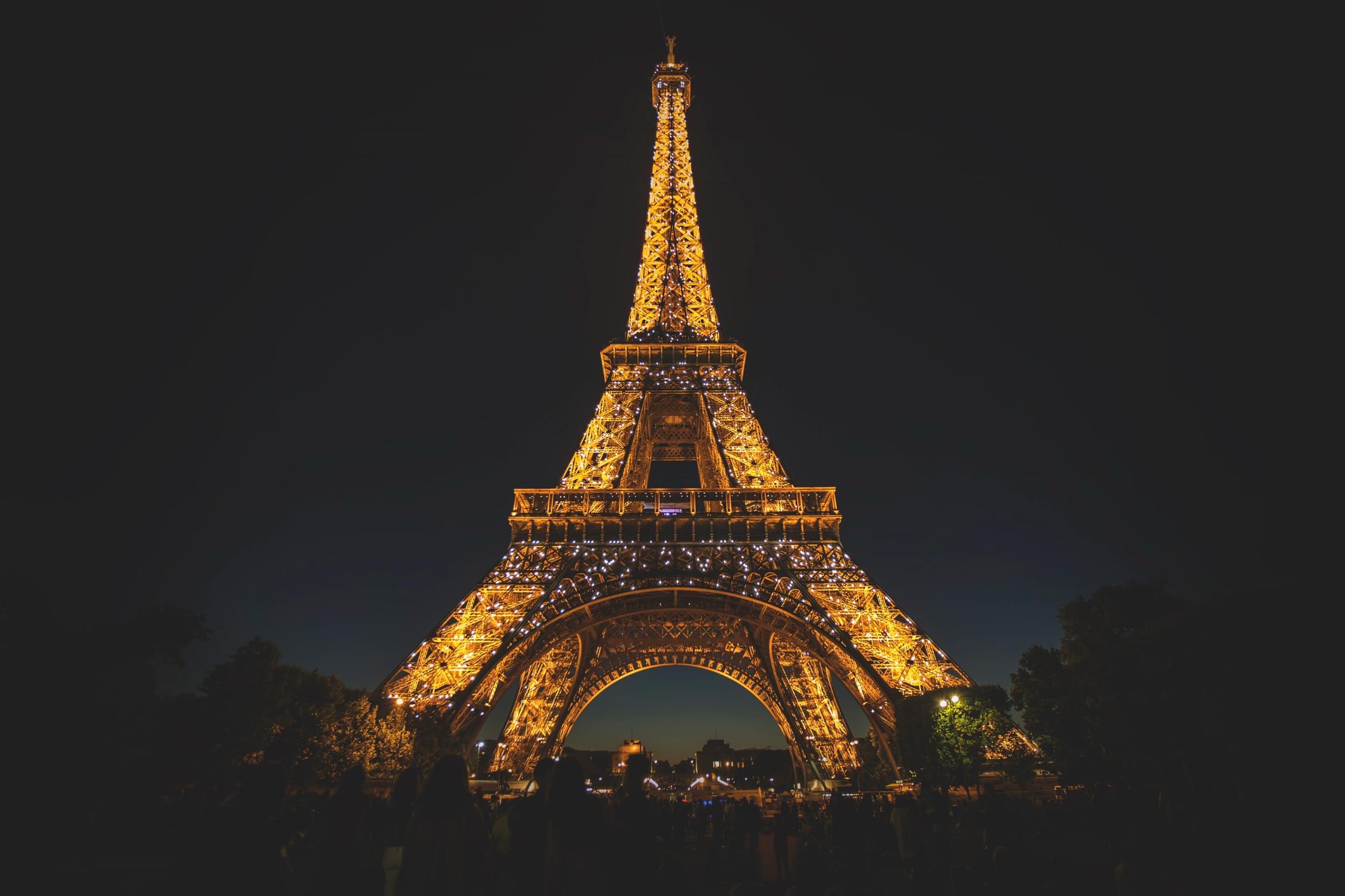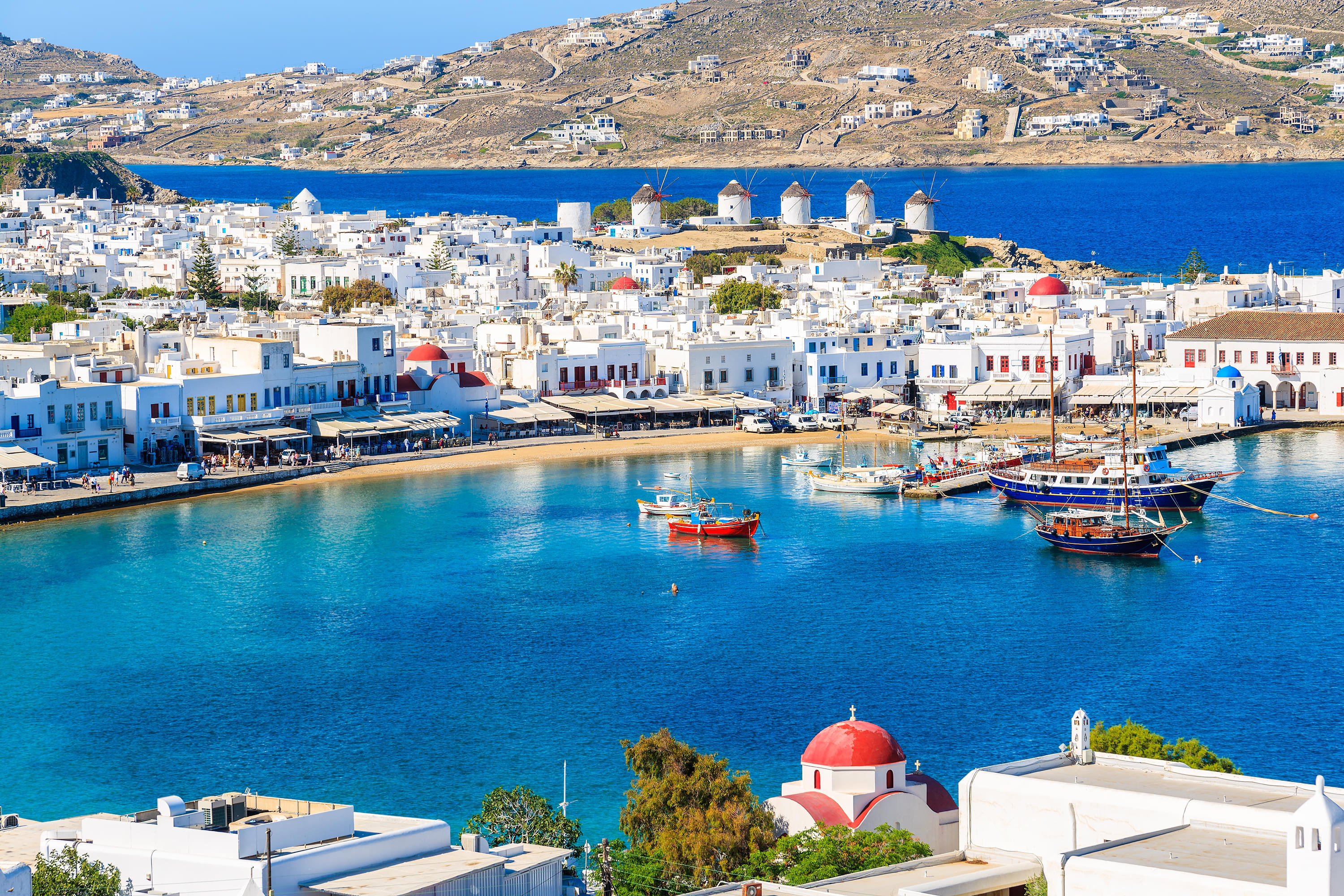About Monastery of Poblet
The Monastery of Poblet, located in Catalonia, Spain, is a magnificent and historically significant religious site. Founded in the 12th century, it is one of the largest and most well-preserved Cistercian monasteries in Europe. The monastery holds immense cultural and architectural value, showcasing a blend of Romanesque and Gothic styles. Visit this historical and beautifully structured monastery of Spain with our Europe tour package from India.
Surrounded by picturesque landscapes, the Monastery of Poblet exudes an aura of tranquility and spirituality. Its massive walls, fortified towers, and beautiful cloisters are a testament to the craftsmanship of medieval artisans. The interior houses splendid chapels, stunning altars, and a vast library containing valuable ancient manuscripts.
Poblet Monastery also serves as a final resting place for several generations of the kings of Catalonia and Aragon, adding to its historical significance. Visitors can explore the well-preserved quarters of the monks, the refectory, and the impressive church, as well as witness the daily routines of the resident Cistercian community.
Designated as a UNESCO World Heritage site, the Monastery of Poblet is a captivating destination for history enthusiasts, art lovers, and spiritual seekers alike, offering a remarkable glimpse into centuries of religious and architectural heritage.
Monastery of Poblet Highlights
• Witness the breathtaking architecture of the ancient monastery, built in the 12th to 15th centuries.
• Explore the three enclosures of the Monastery of Poblet, which are surrounded by a defensive wall.
• Discover the marvellous architecture of the church dates back to the 12th century in the centre.
• Stroll around in the peaceful environment, while admiring the picturesque beauty of the monastery.
• Get on a self-guided audio tour with your loved ones and learn about the ancient history of the monastery.
How To Reach Monastery of Poblet
By Car: The Monastery of Poblet is approximately 44 km from the city centre of Tarragona, Spain, via Autovia Tarragona-Lleida/A-27. It will take around 40 minutes to reach by a cab.
By Bus: Direct buses are available from Tarragona to the Monastery of Poblet. The bus operates from Monday to Saturday with two daily departures. You can take the bus from Tarragona station, which will drop you off at Monestir de Poblet station. Further, the monastery is approximately a 5-minute walking distance from the station.
By Train: The train also runs thrice in a day from Tarragona station to L'Espluga de Francolí. To cover further around 4 km, you can hire a taxi.
Best Time To Visit Monastery of Poblet
Monastery of Poblet is a year-round destination, so you can plan your visit as per your availability and seasonal preferences.
Best season: The best season to visit the Monastery of Poblet is from June to September due to pleasant weather conditions.
Best day in the week: The best day in the week to visit the Monastery of Poblet is on the weekdays, as weekends can be crowded.
Best time of the day: The best time of the day to visit the Monastery of Poblet differs from season to season. In winter, from September 15 to June 14, the timings are from 10 AM to 12:30 PM and 3 PM to 6 PM. In summer, from June 15 to September 14, the timings are from 10 AM to 12:30 PM and 3 PM to 6:30 PM. Moreover, the monastery is closed on January 1, January 6, December 25 and December 26. On Holy Thursday, Good Friday and Easter Monday, the monastery is closed in the afternoon.
Monastery of Poblet Other Essential Information
Visitor tips:
Consider using headphones with you for a self-guided audio tour via the “Poblet Official Guide” App.
The monastery is wheelchair accessible for physically challenged visitors.
Refrain from throwing litter anywhere and throw it responsibly in the dustbin or carry it with you.
Maintain tranquillity in the environment by talking politely and avoid making loud noises.
Carry a water bottle and some light snacks as you have to walk a lot to explore the monastery.
Tripods are not permitted and you have to take pictures handheld.
The ticket counter is closed half an hour before the closing time of the monastery.
Explore the Three Enclosures of the Monastery
The first outer enclosure from the 16th century includes storehouses, workshops, housing for lay workers, and other premises related to the community's financial life.
The second enclosure consists of the Main Square, or Plaça Major, which is accessible through the guarded Golden Door. Here you can see the treasury, the Romanesque chapel of Santa Caterina and the remains of the hospital for the poor. The church, cloister, and monastic chambers are located within the third and innermost fortified enclosure.
Witness the marvellous architecture
Witness the marvellous architecture, which is among the best examples of the Cistercian style from the 12th, 13th and 14th centuries. You can spot masterpieces from every period, including the great alabaster altarpiece by Damià Forment (1529).
You can capture priceless moments while admiring the magnificent altarpiece of the church. Behold the magnificent Gothic royal gate, with two octagonal towers on either side.
Discover the 12th century Church
The monastery is built around the church that dates to the 12th century. The church features an ambulatory on its apsidal east end and a three-aisled basilica design with transepts. The ceiling comprises ribbed vaults on the side aisles and a pointed vault in the centre aisle.
The royal tombs and the Renaissance retable are two major highlights of the church's interior design.
Stroll around in the peaceful environment
You can stroll around in the peaceful and refreshing environment of the monastery. You can soak in the picturesque view of the beautiful buildings. Get a chance to learn about history by exploring the refectory, the chapter house, the old scriptorium, and the library.
Capture picturesque views of the monastery holding high cultural and architectural value, showcasing a mix of Gothic and Romanesque styles.
Get on a Self-guided Audio tour
You can get on a self-guided audio tour by downloading the “Poblet Official Guide” App. Make sure to use headphones while listening to the audio so that you don’t disturb the people around you.
The audio guide will provide you with information about the ancient history of the monastery. You can learn its importance in terms of history, art, culture, and spirituality while witnessing the architecture of the monastery.

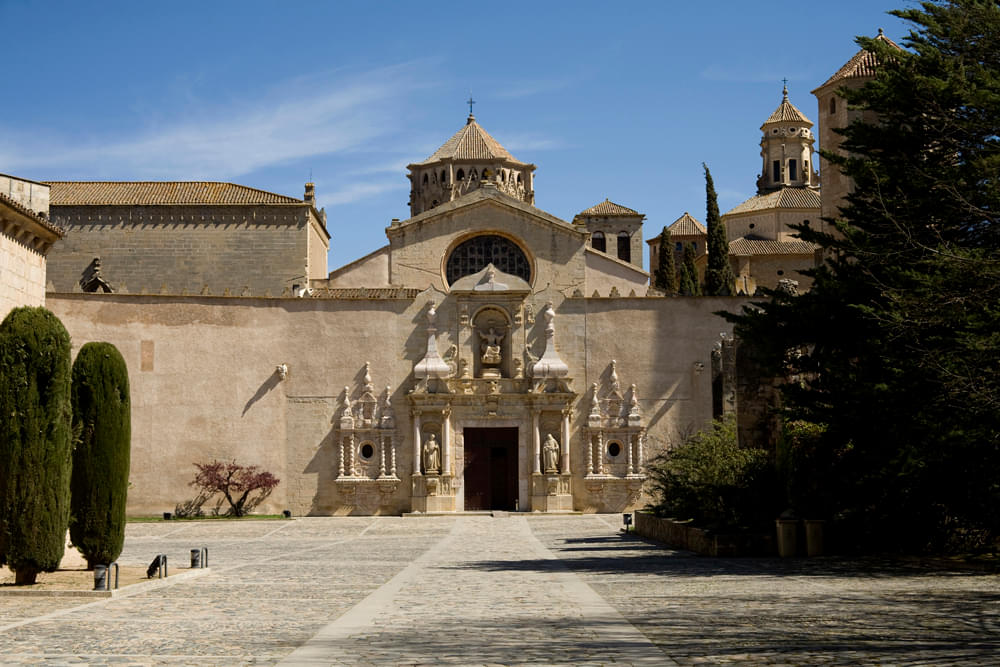
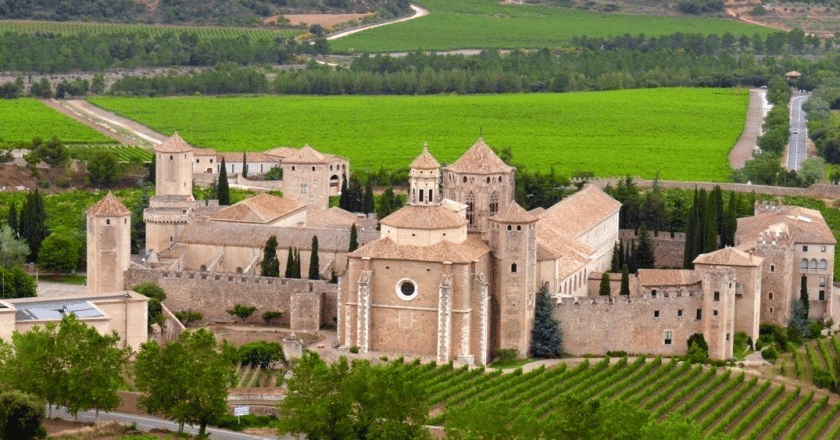
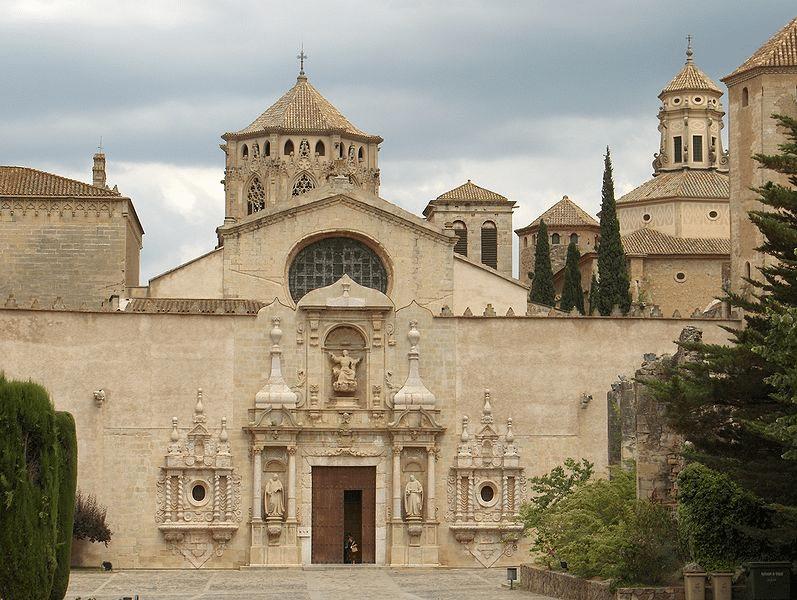

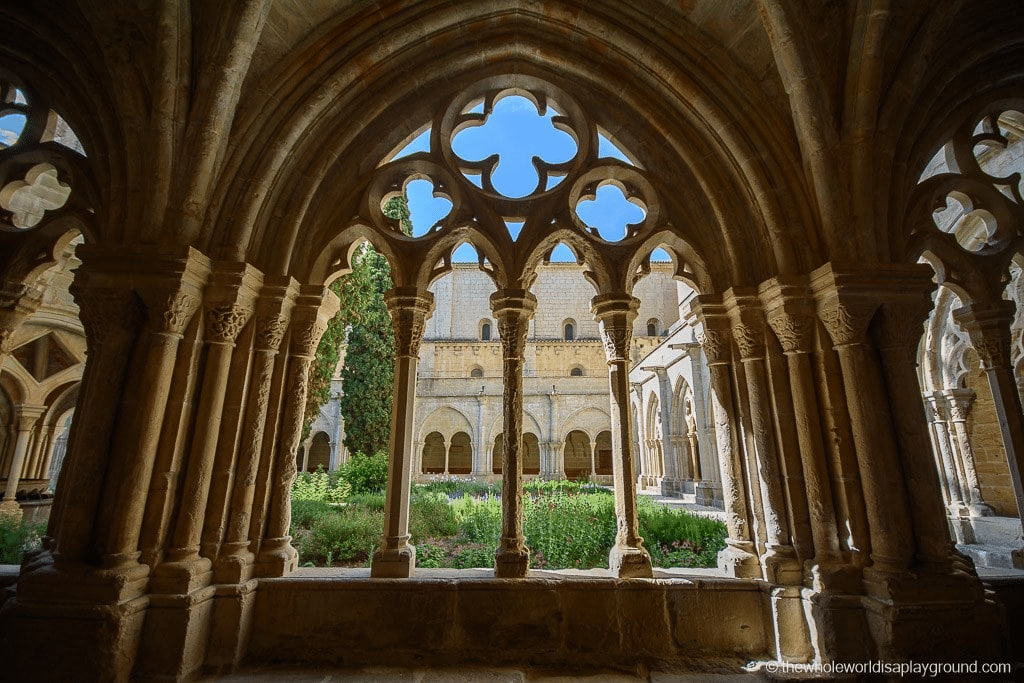
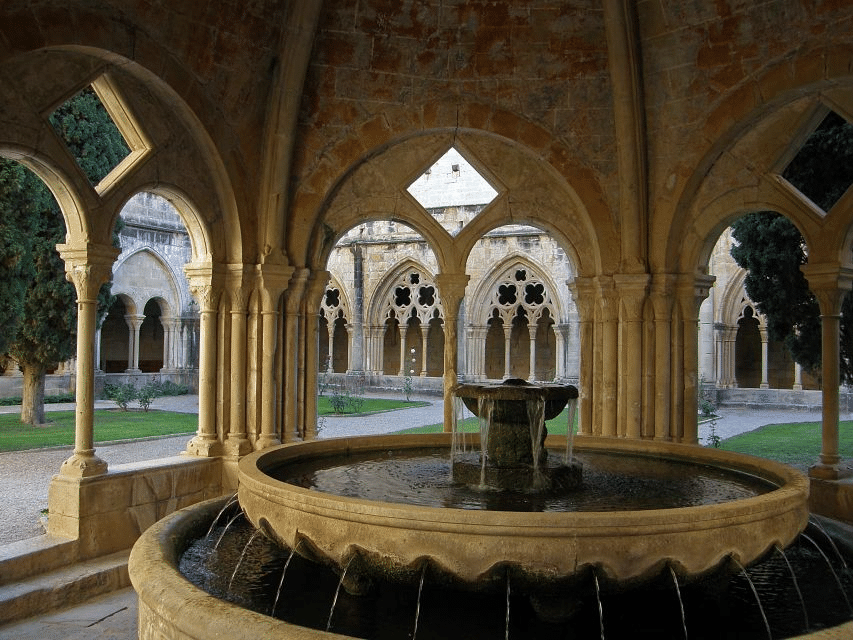
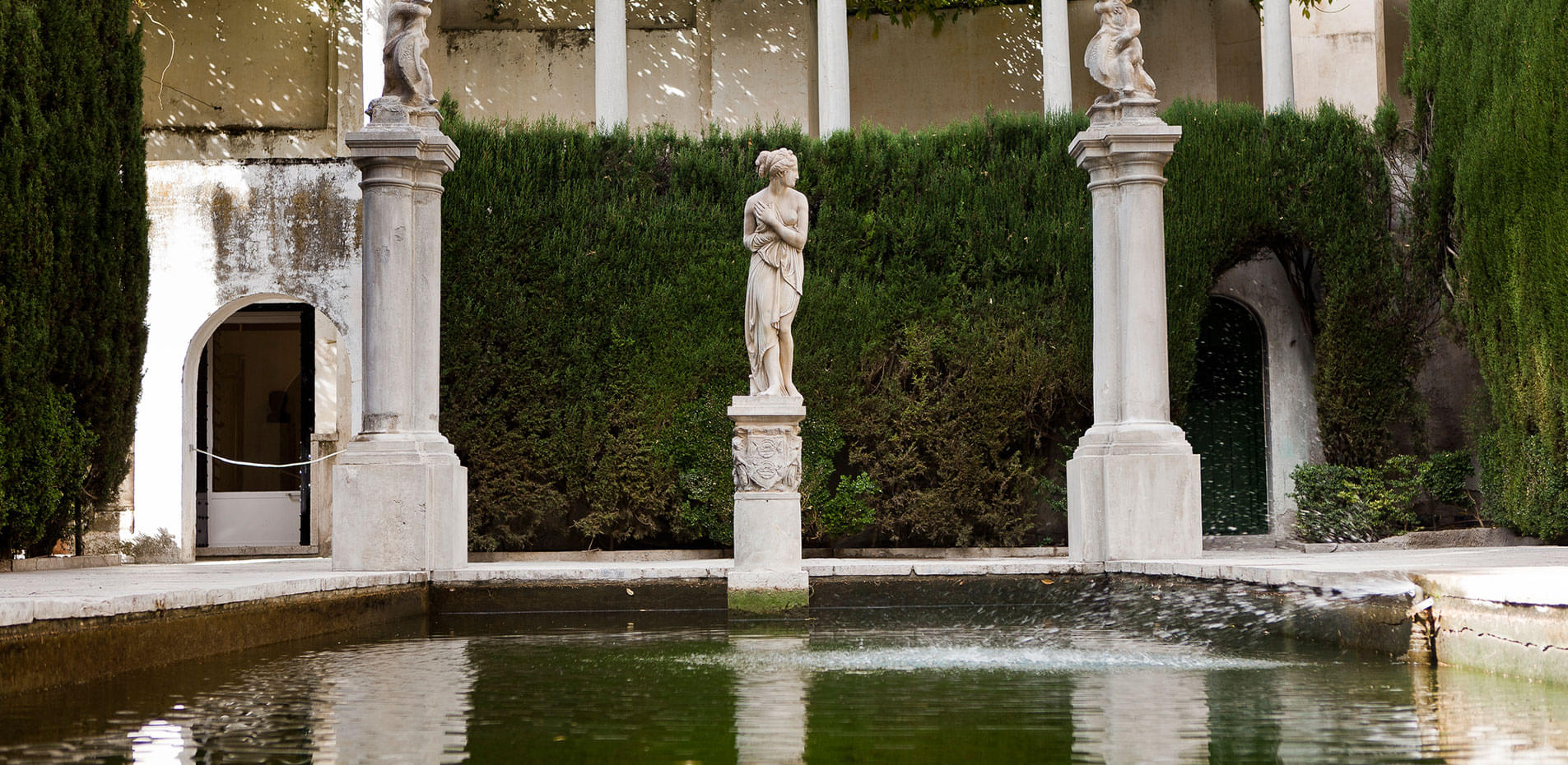
.png)
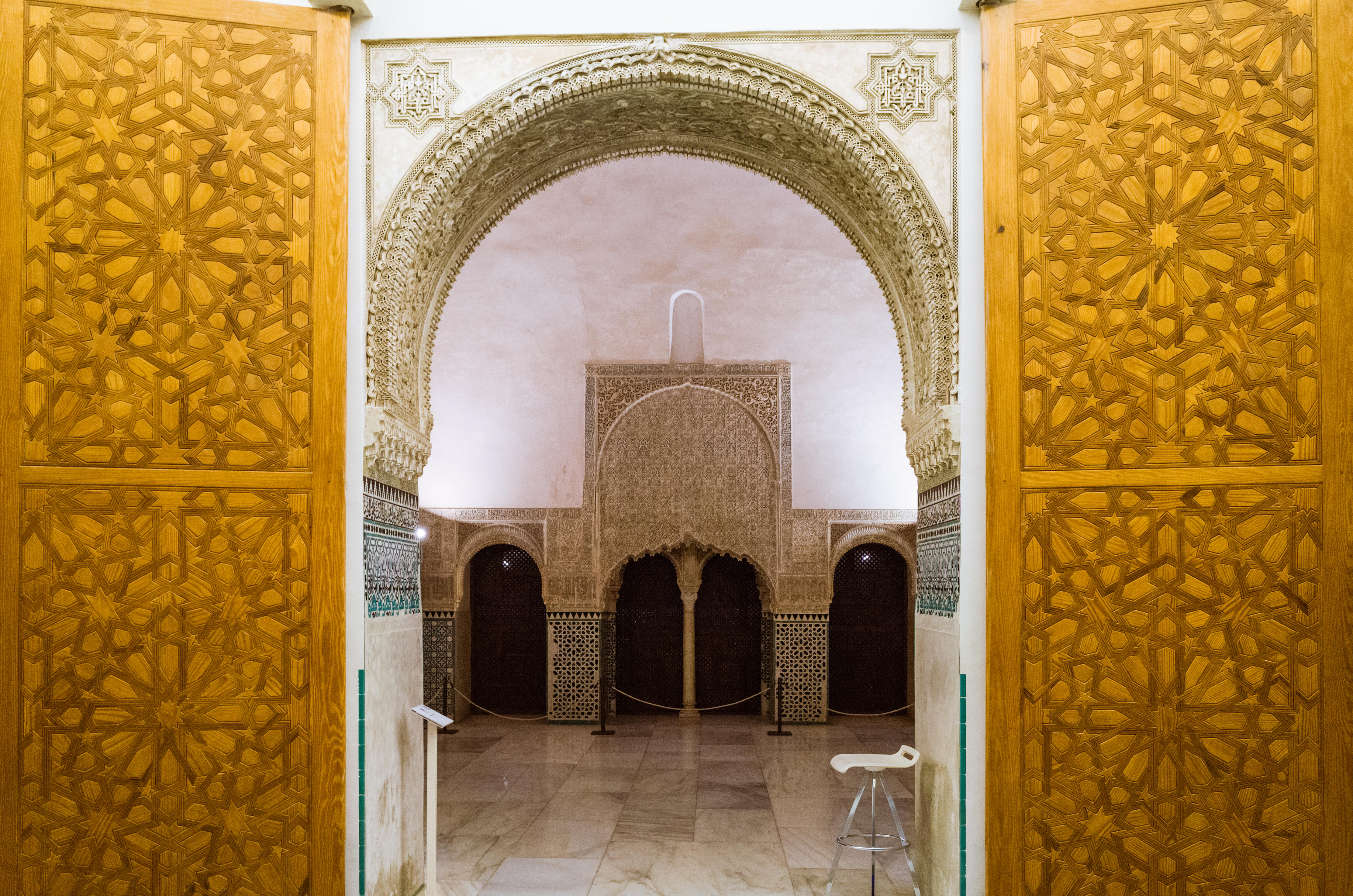



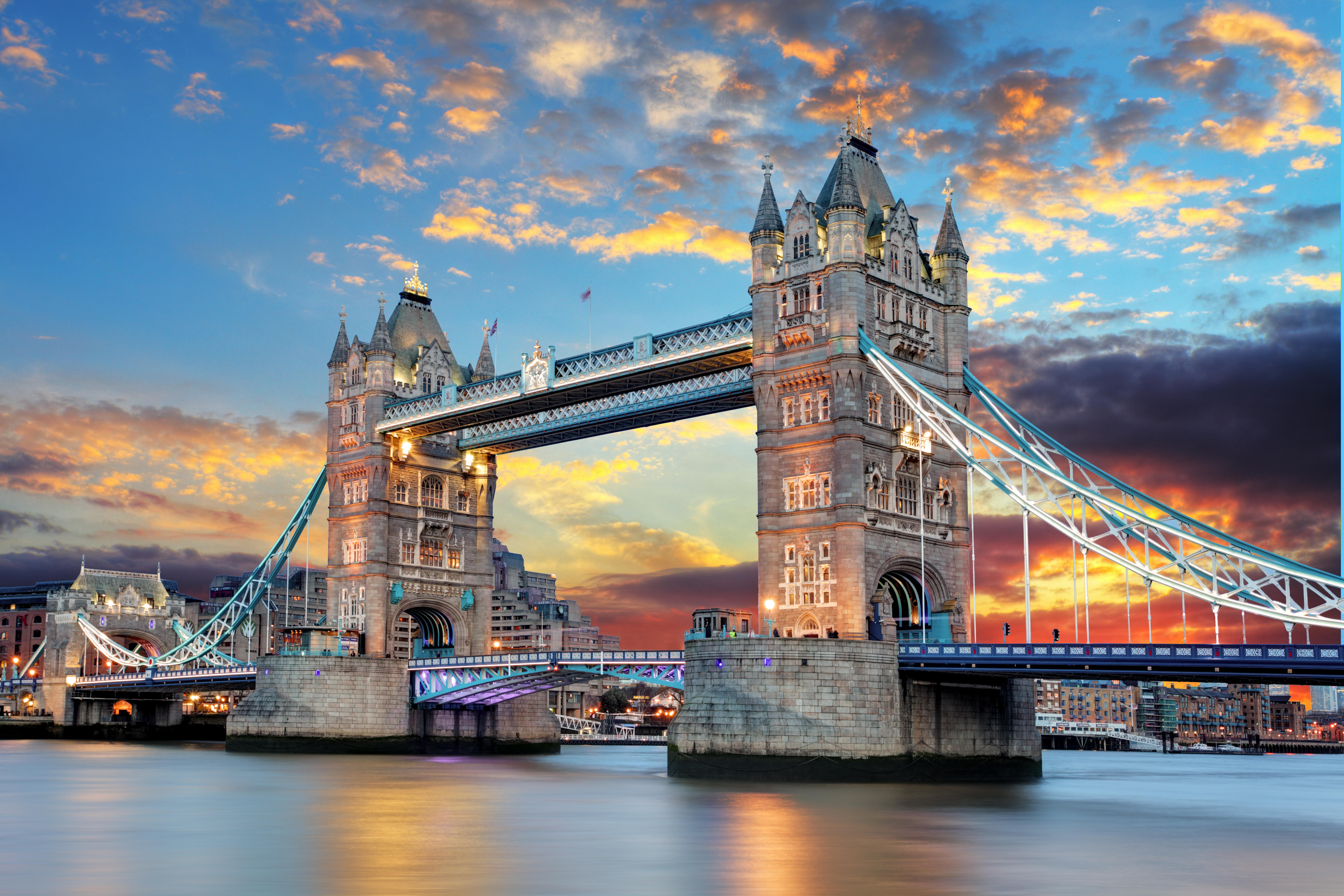
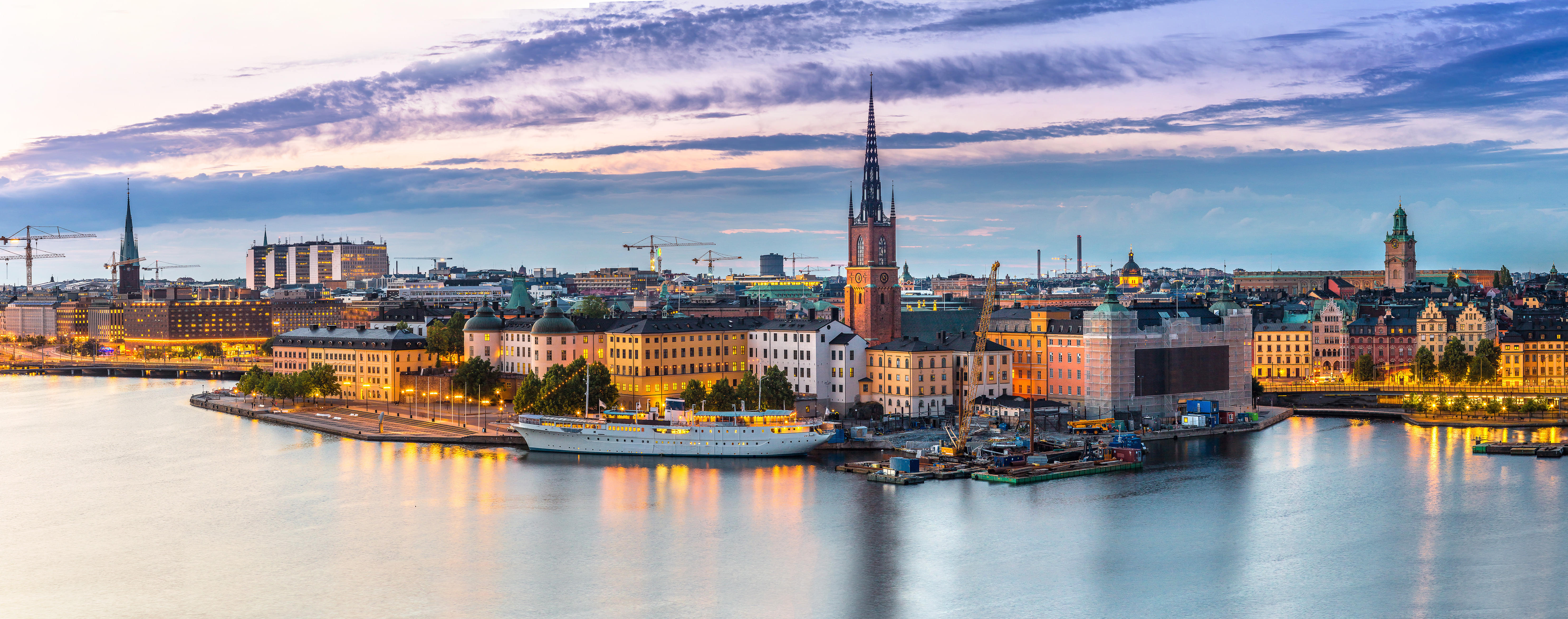
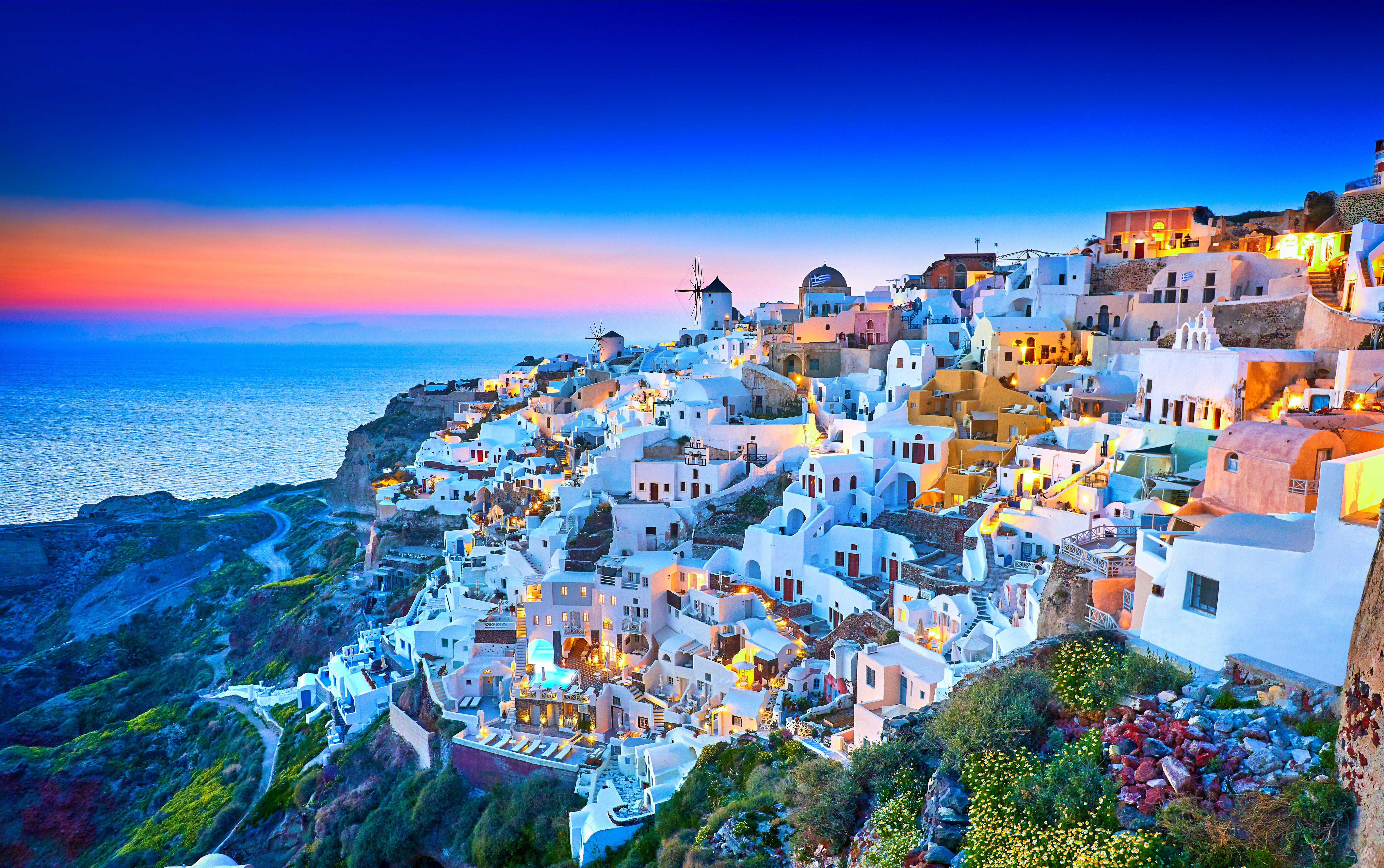
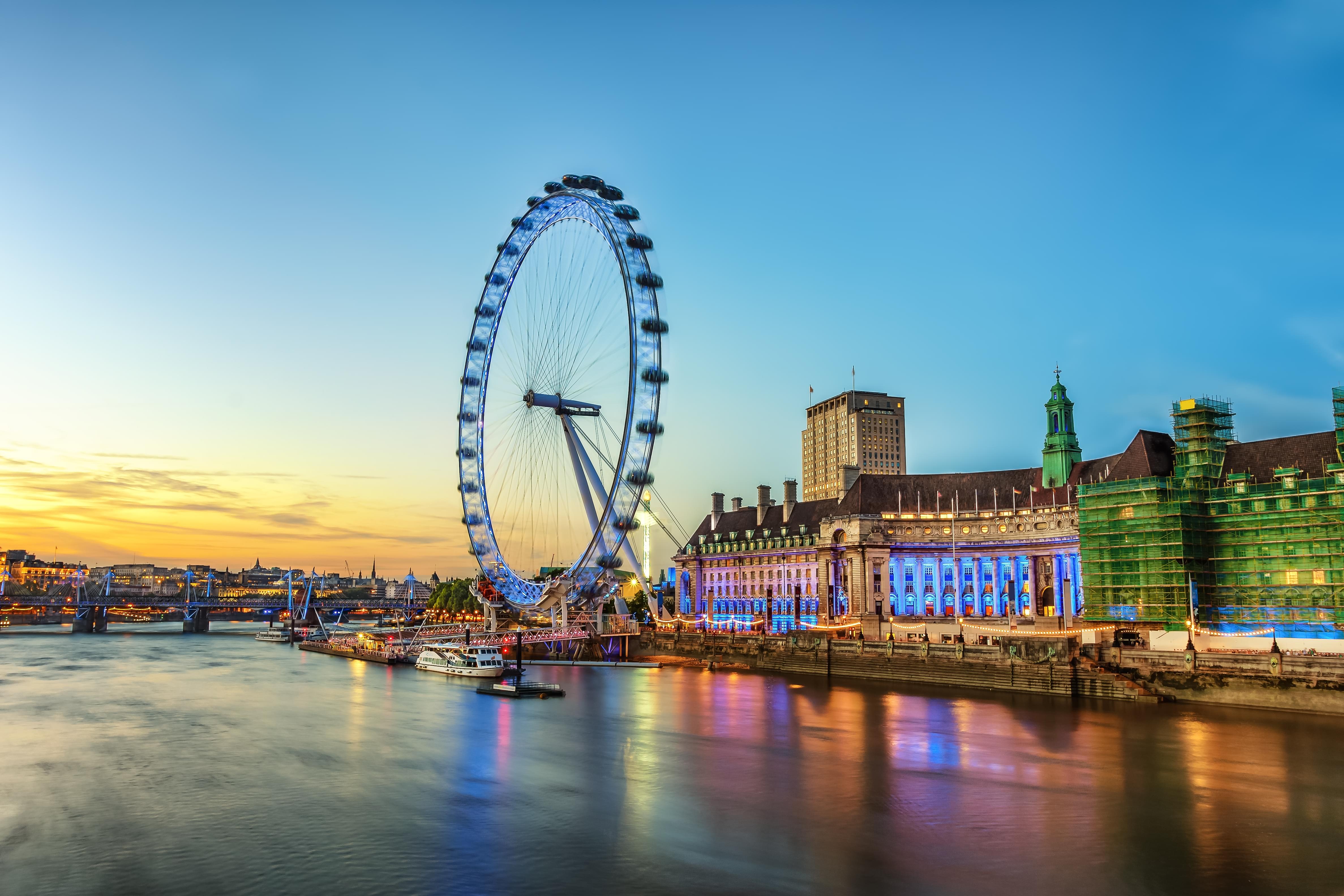
.jpg)
.jpg)
.jpg)
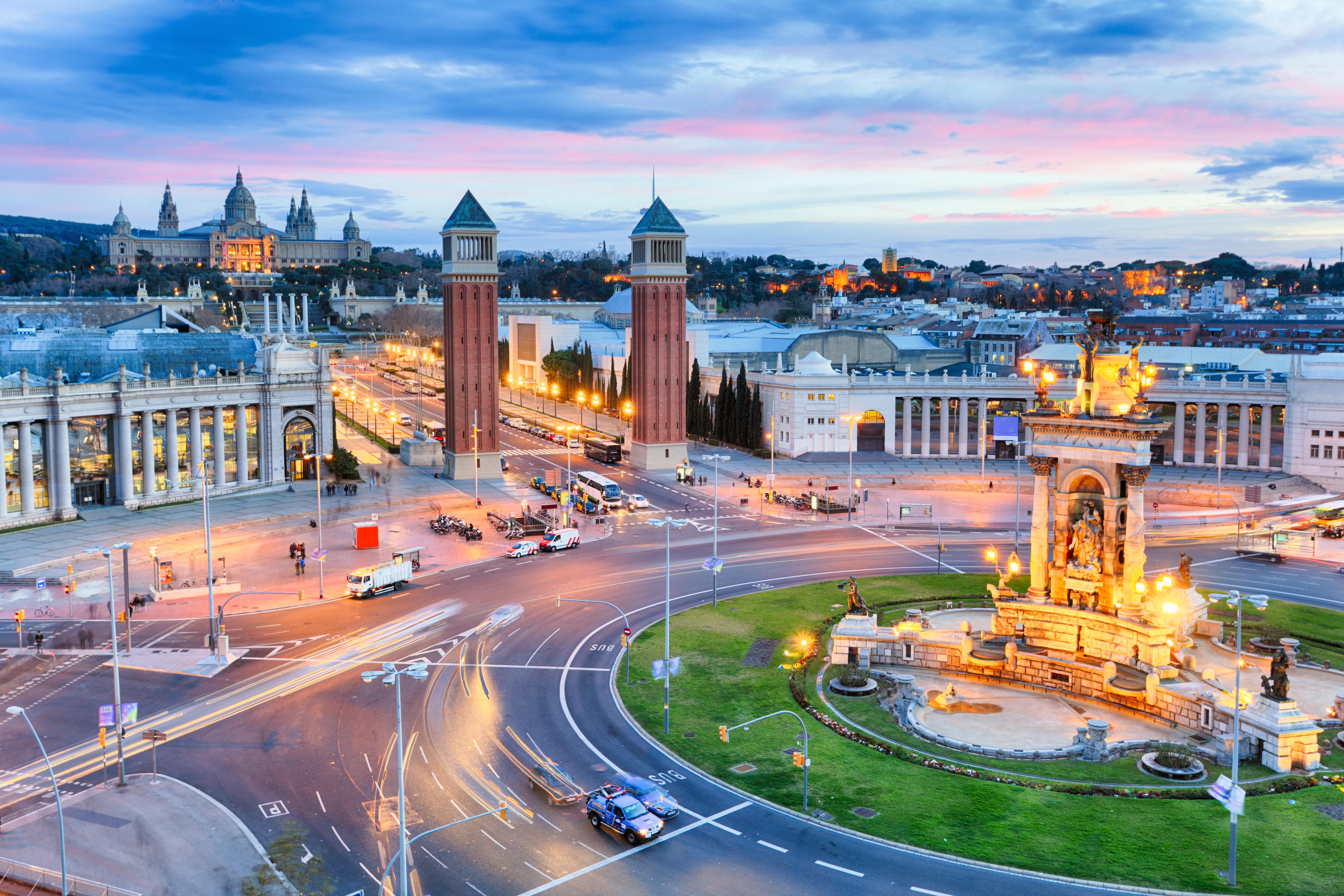
.jpg)
.jpg)
